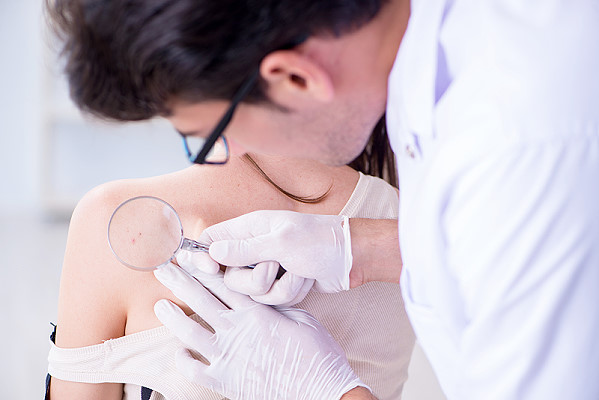As we age and our bodies begin to show signs of slowing down the systems within our body such as the nervous and immune systems take longer to recover putting us at a higher risk for injury and illness. As a senior, a good night’s sleep allows our body to improve memory and focus which wards off dementia as well as gives our immune systems plenty of time to repair damage, recover from injury, and fight disease.
But sleep isn’t just about staying in bed with our eyes closed for eight to ten hours a night. Quality sleep involves two stages of sleep that our body cycles through multiple times each night: Non-Rapid Eye Movement (NREM) and Rapid Eye Movement (REM). In NREM sleep your brain waves dramatically slow down allowing the heart, blood vessels, and muscle tissue to repair. The longer you are in NREM sleep the better you will feel when you wake up. Additionally, REM sleep is beneficial in that it helps promote brain activity, learning, and creativity through dreams.
How seniors can get better sleep
Getting better sleep as a senior may not be as hard as you think, but it does take a little action on your part. Here are three tips that will not only help you get a better night’s sleep but will also aid in providing overall health as we age.
Tip 1: Healthy Lifestyle Habits
Developing healthy lifestyle habits provides your body the strength and nutrition you need to not only function during the day, but also recover at night. Eating small healthy meals and staying active throughout the day are great ways to start. But, understanding what is going to prevent you from falling asleep at a reasonable hour is just important. That means not using caffeine within six hours of going to bed and avoiding late-afternoon naps which may be rejuvenating, but also make it difficult to fall asleep when you need it most.
Tip 2: Get more comfortable
One of the most frequently dismissed ways to get a good night’s rest is to find a comfortable mattress that works for you. Did you know that a poor mattress is one of the leading causes of lower back pain? While you may have been sleeping on the same type of mattress for decades, you may not have been sleeping on a mattress that is best for you. A comfortable mattress will help to alleviate pain, reduce uncomfortable pressure, and will be comfortable enough to help you sleep through the night.
Tip 3: Keep up a consistent routine
Our bodies are designed to learn from routine. So, when we go to sleep and wake-up at the same time each day you are helping your body develop a consistent circadian rhythm that trains your body to follow the same sleep cycle each night. Another way to help build consistency at night is to develop a wind-down routine that incorporates a relaxing, non-stimulating, yet enjoyable activity such as reading, knitting, listening to music, or meditation.
Ashley Little is part of the editorial team at Mattress Advisor, a site dedicated to helping others get their best night’s sleep each night.










